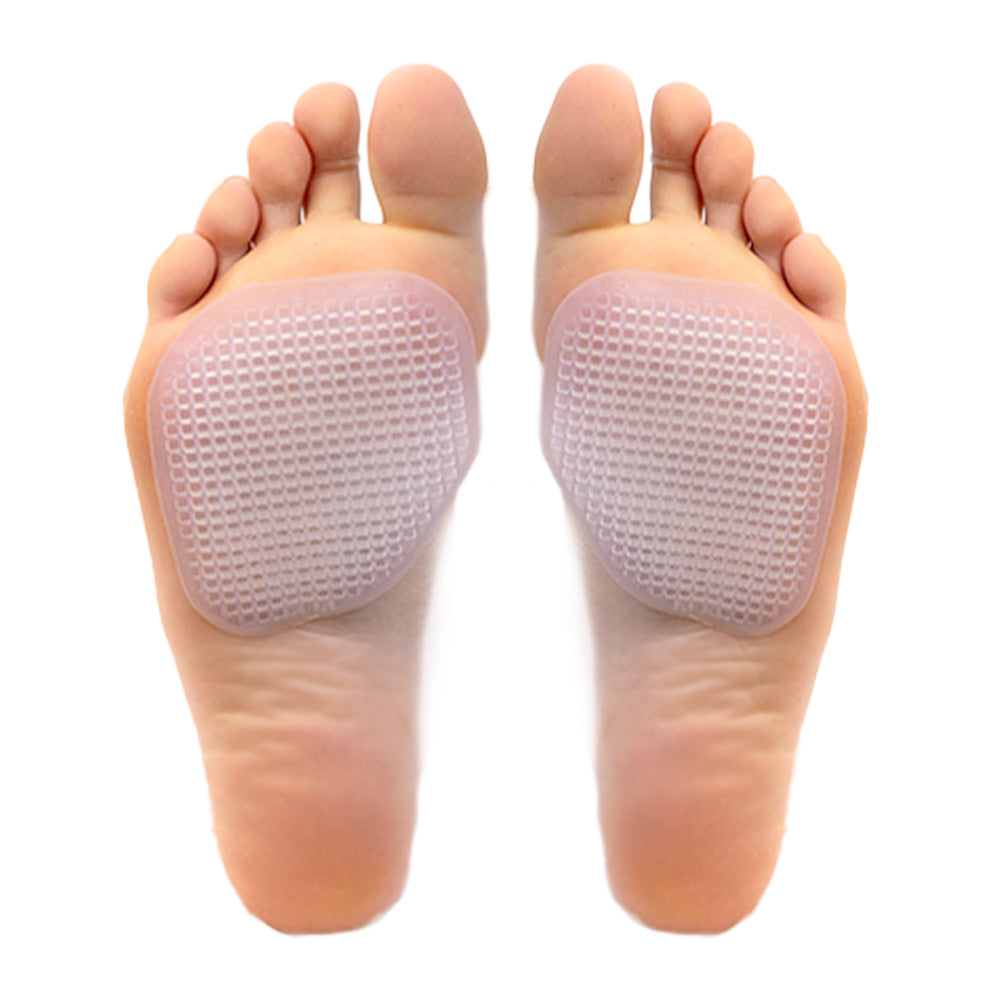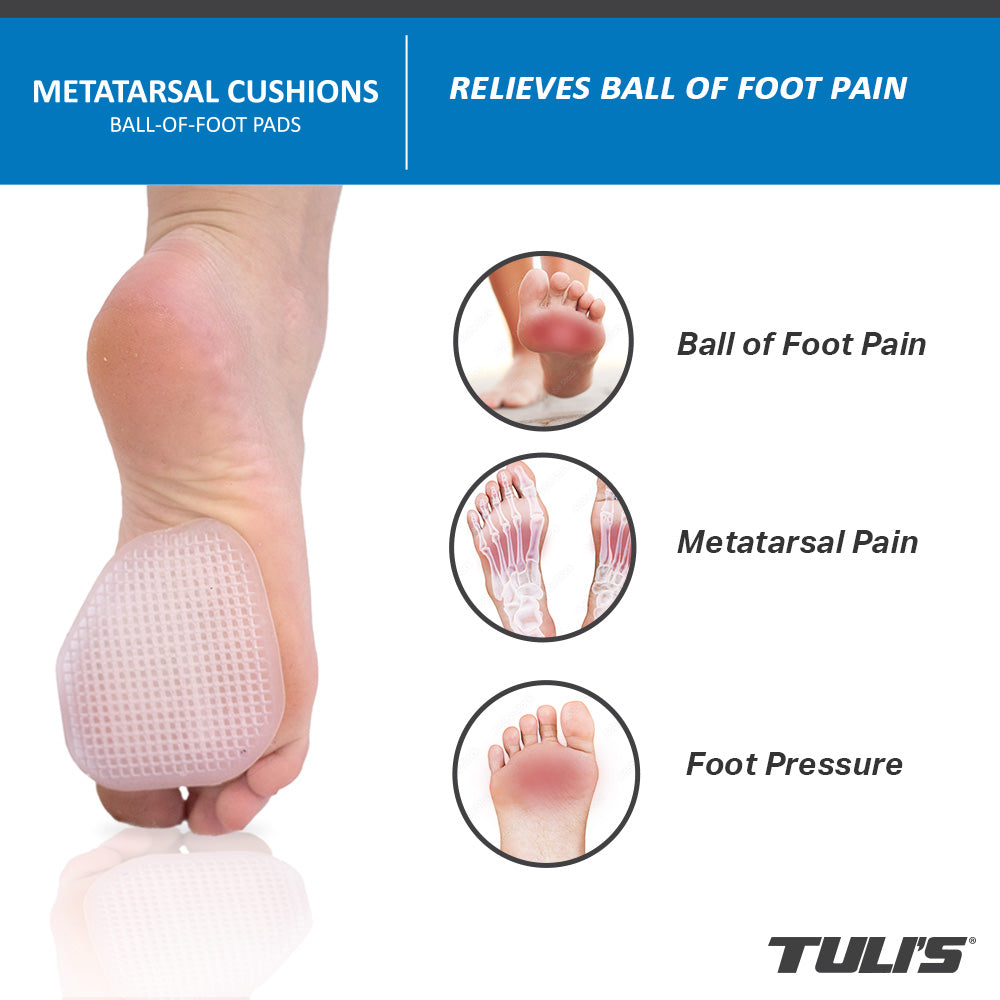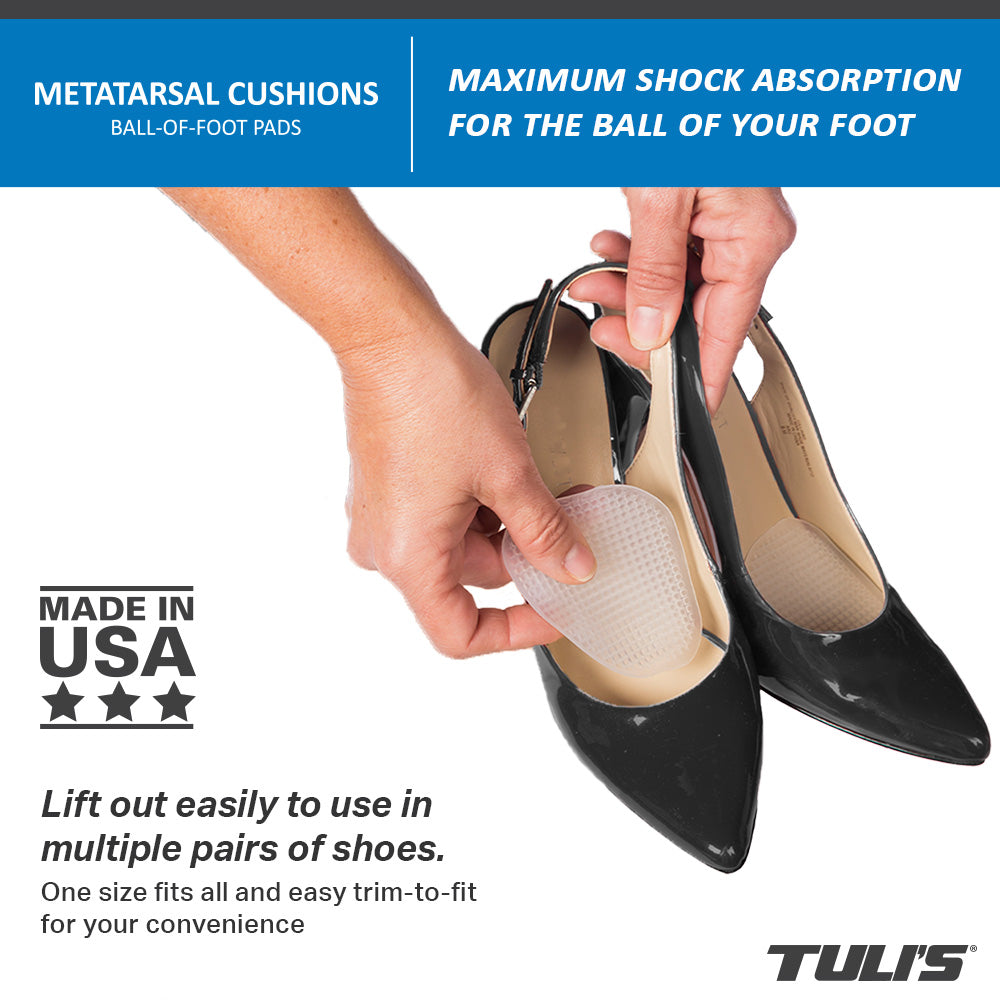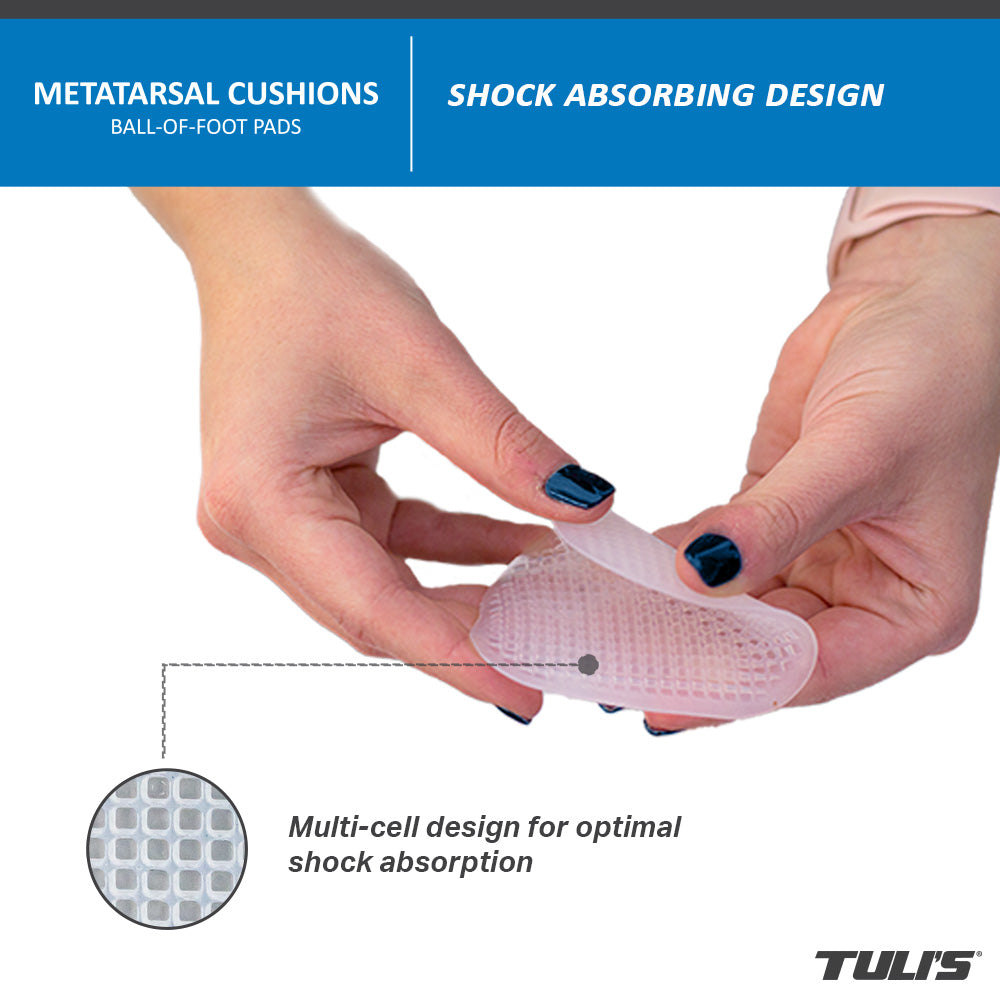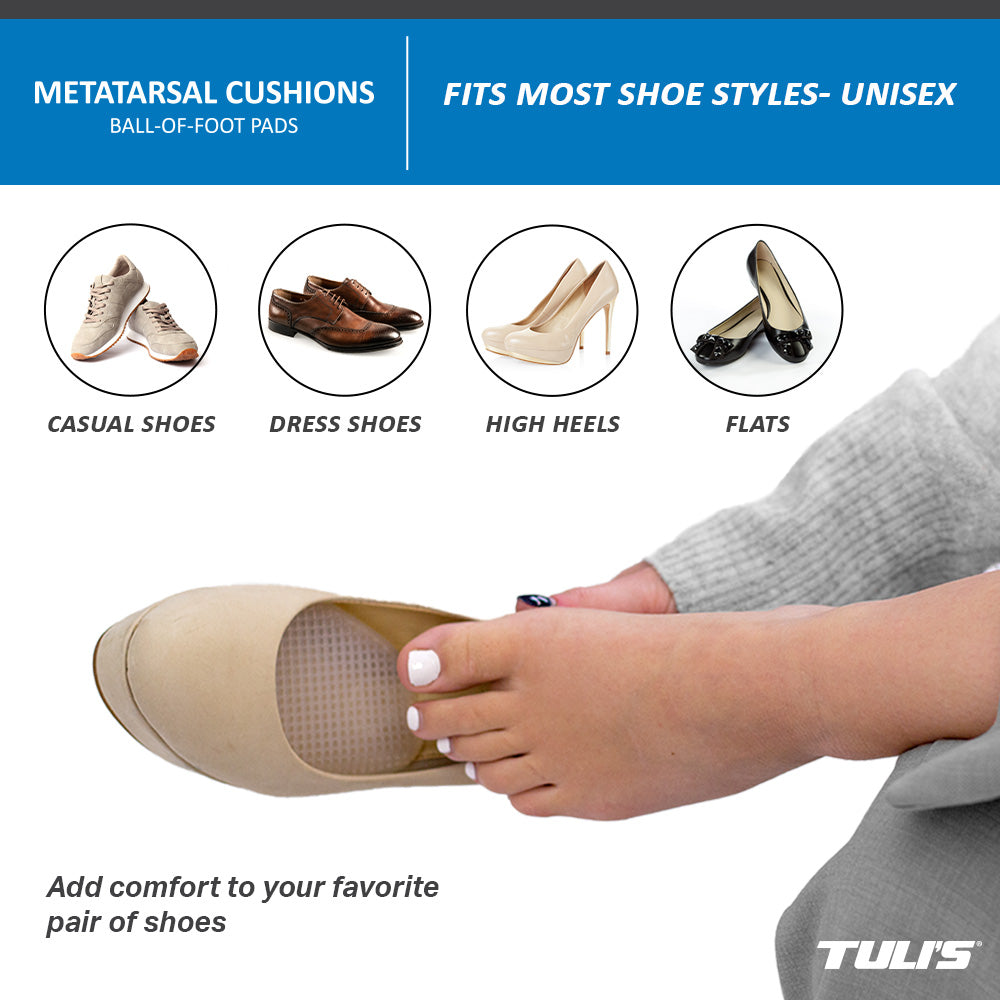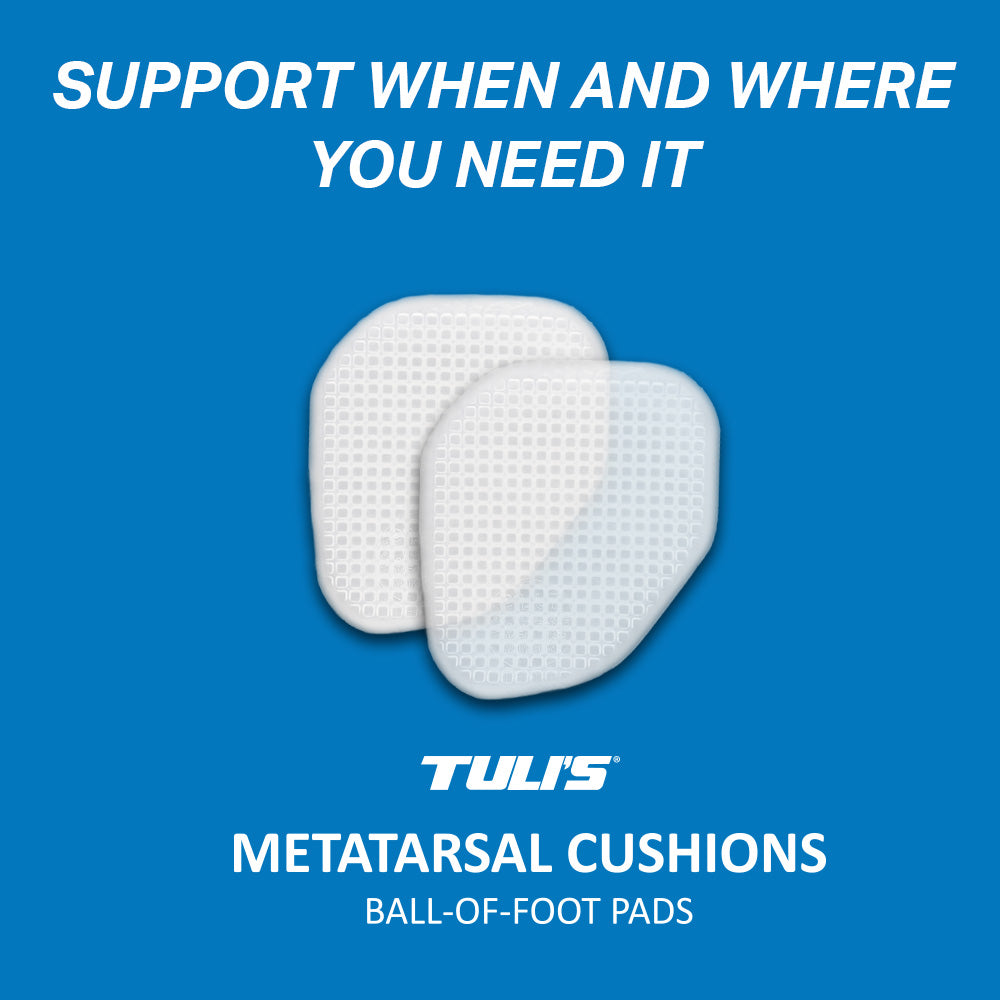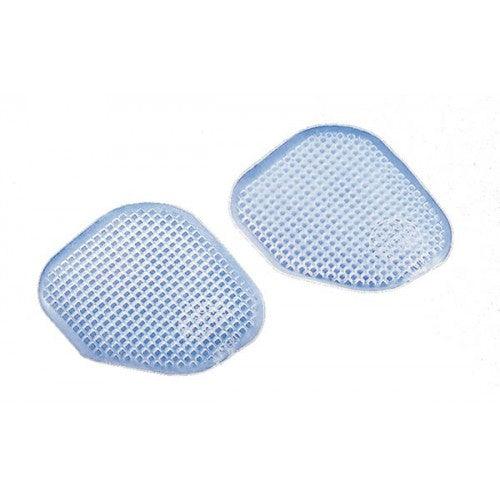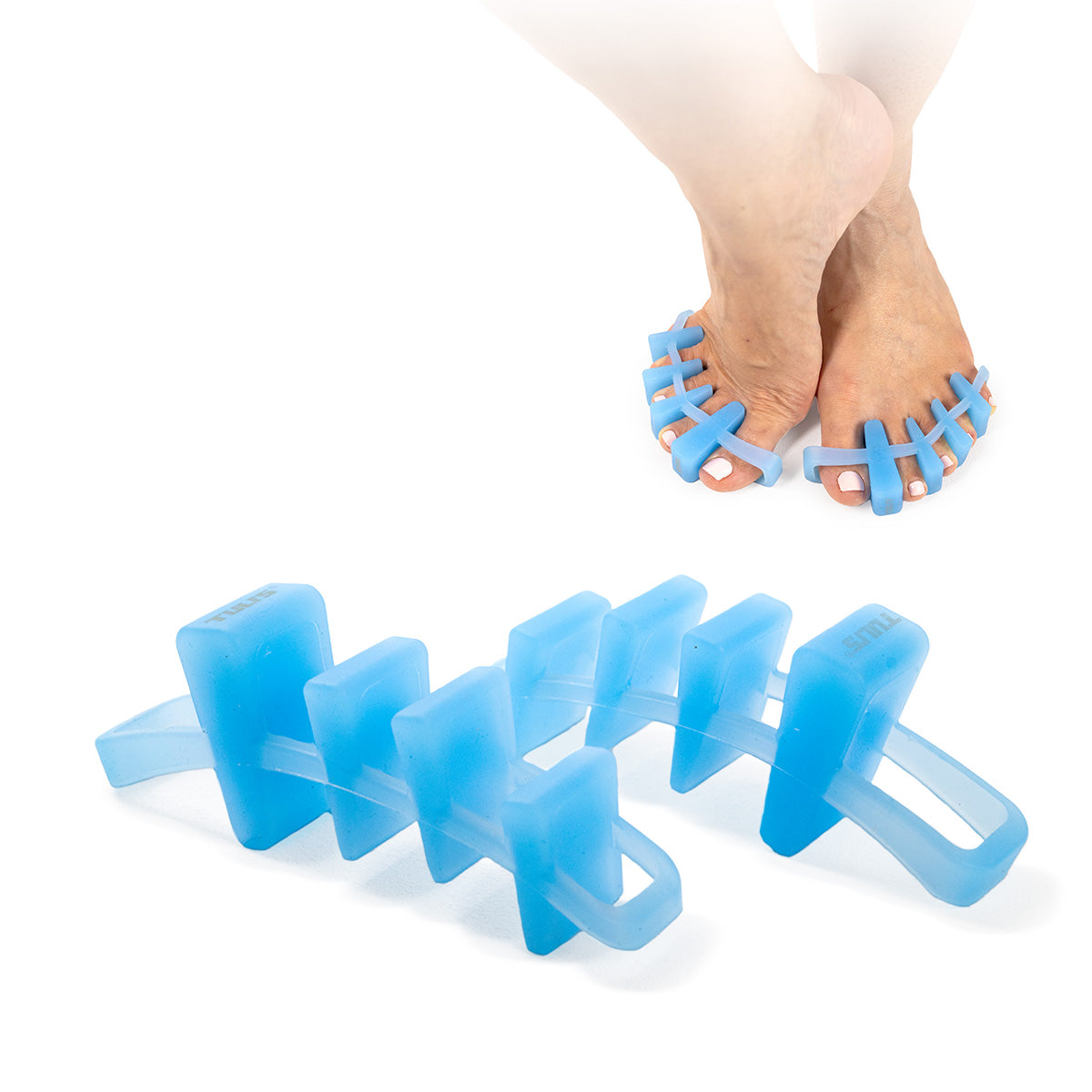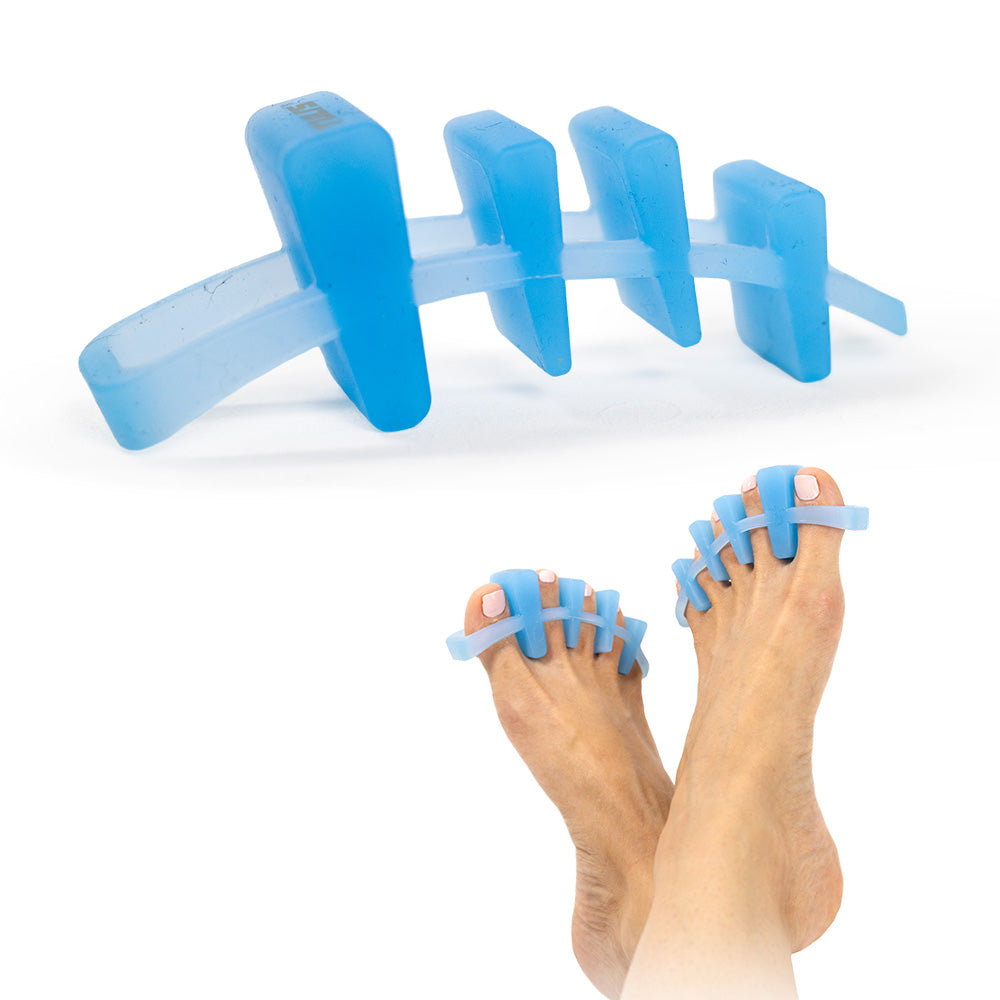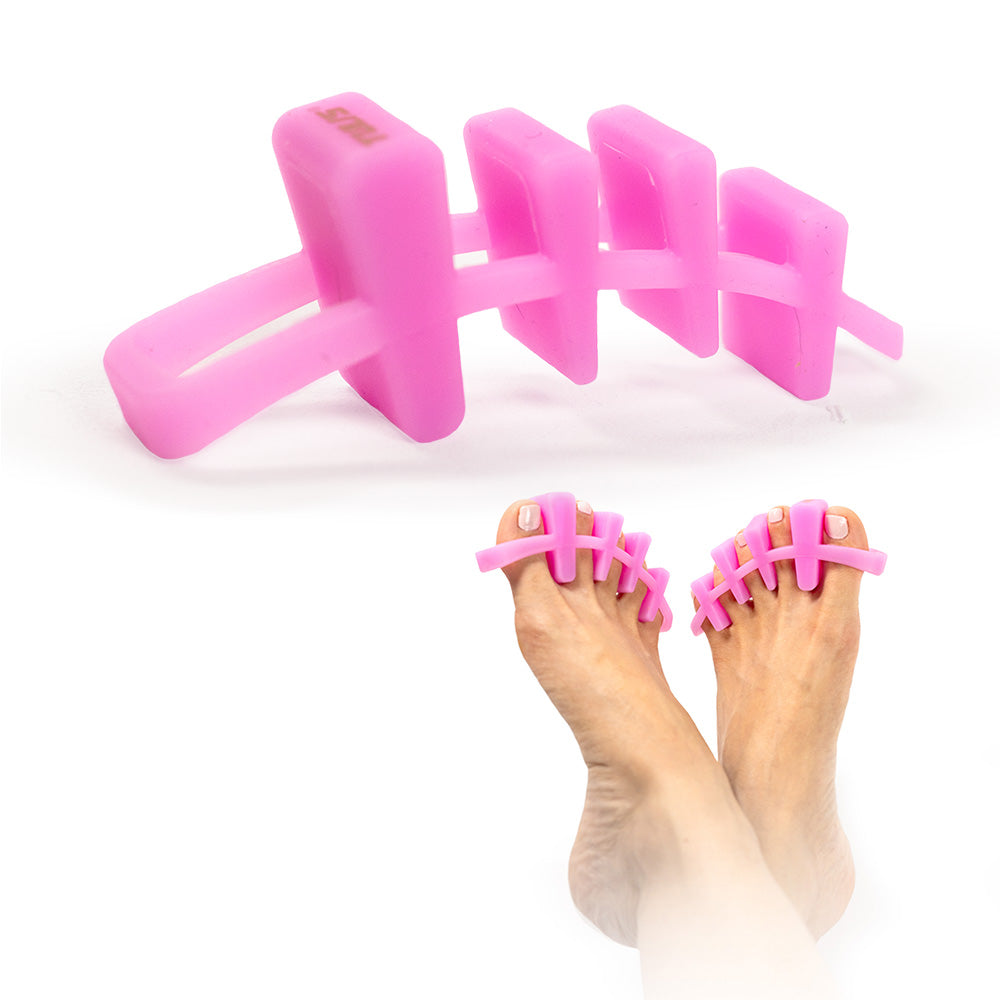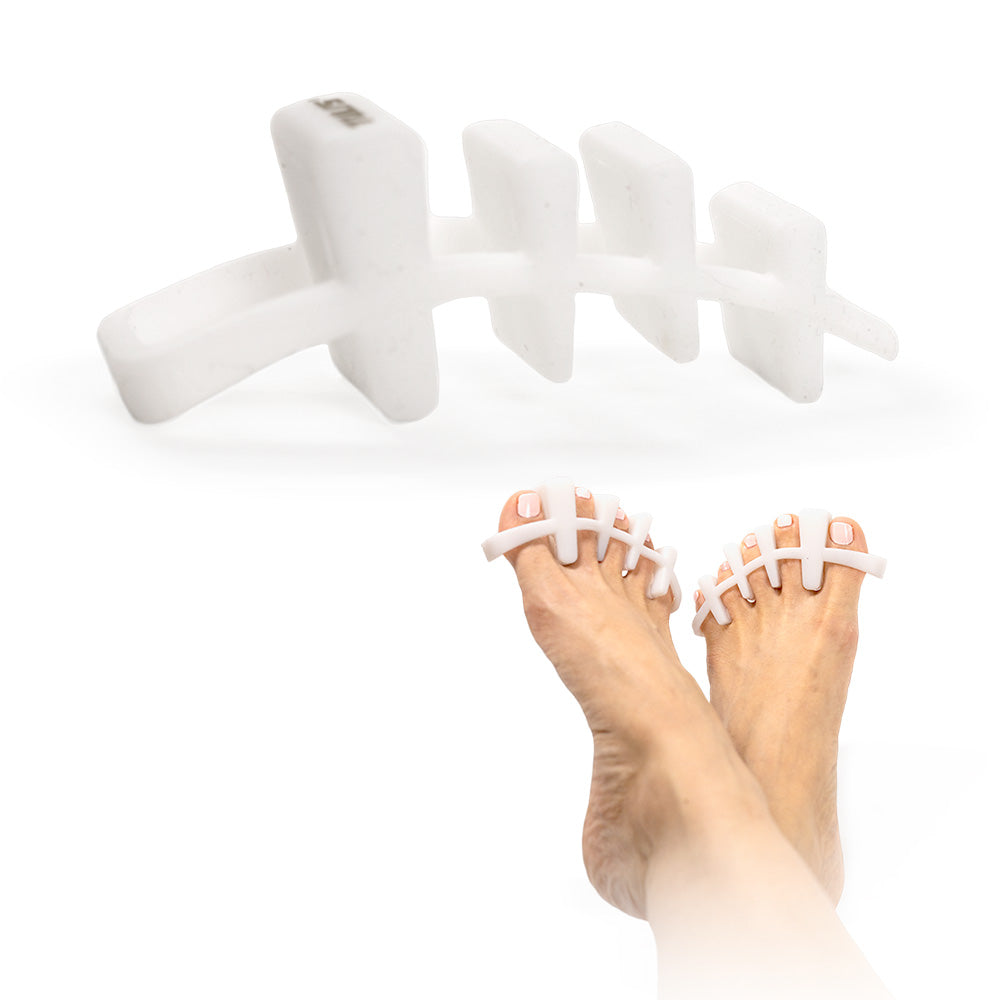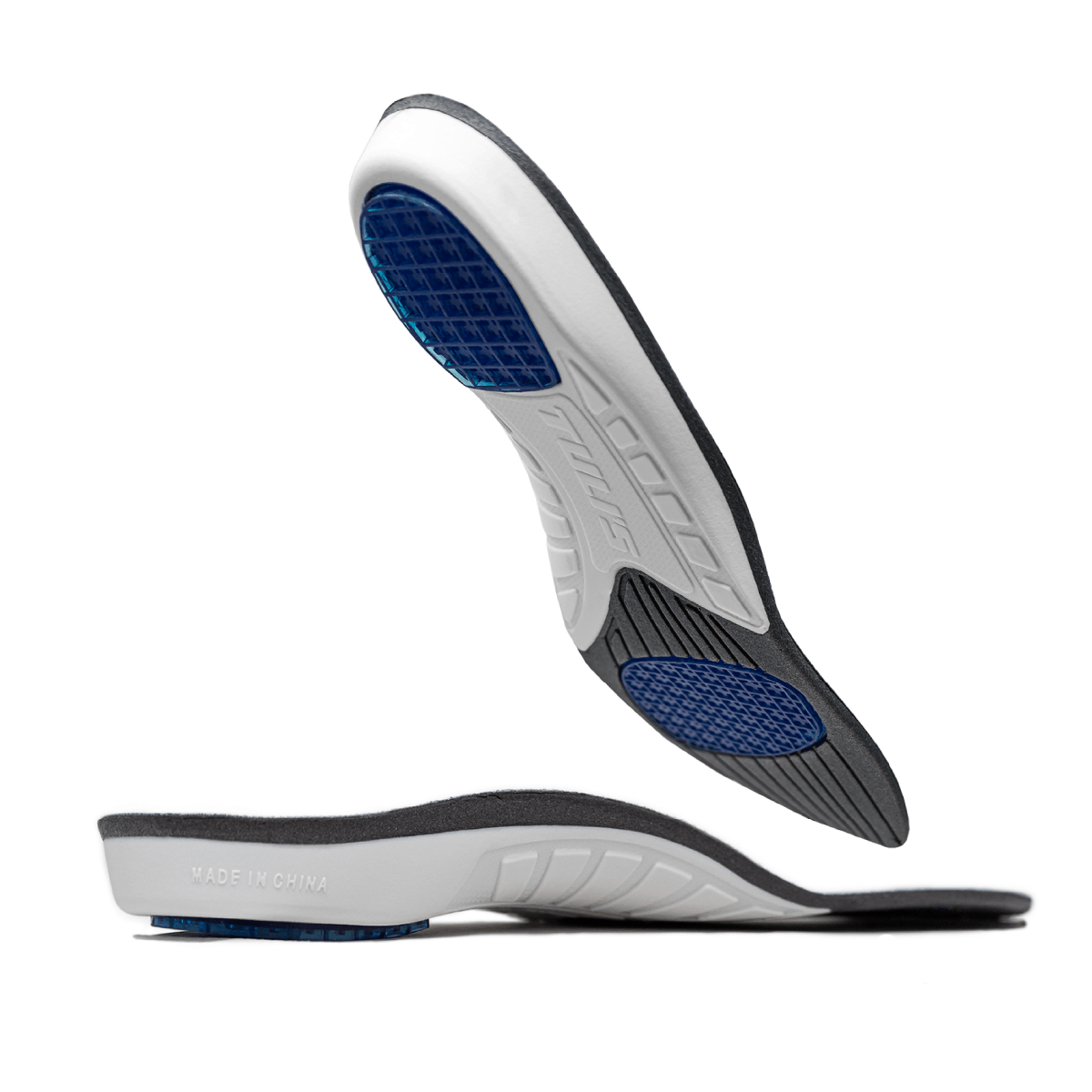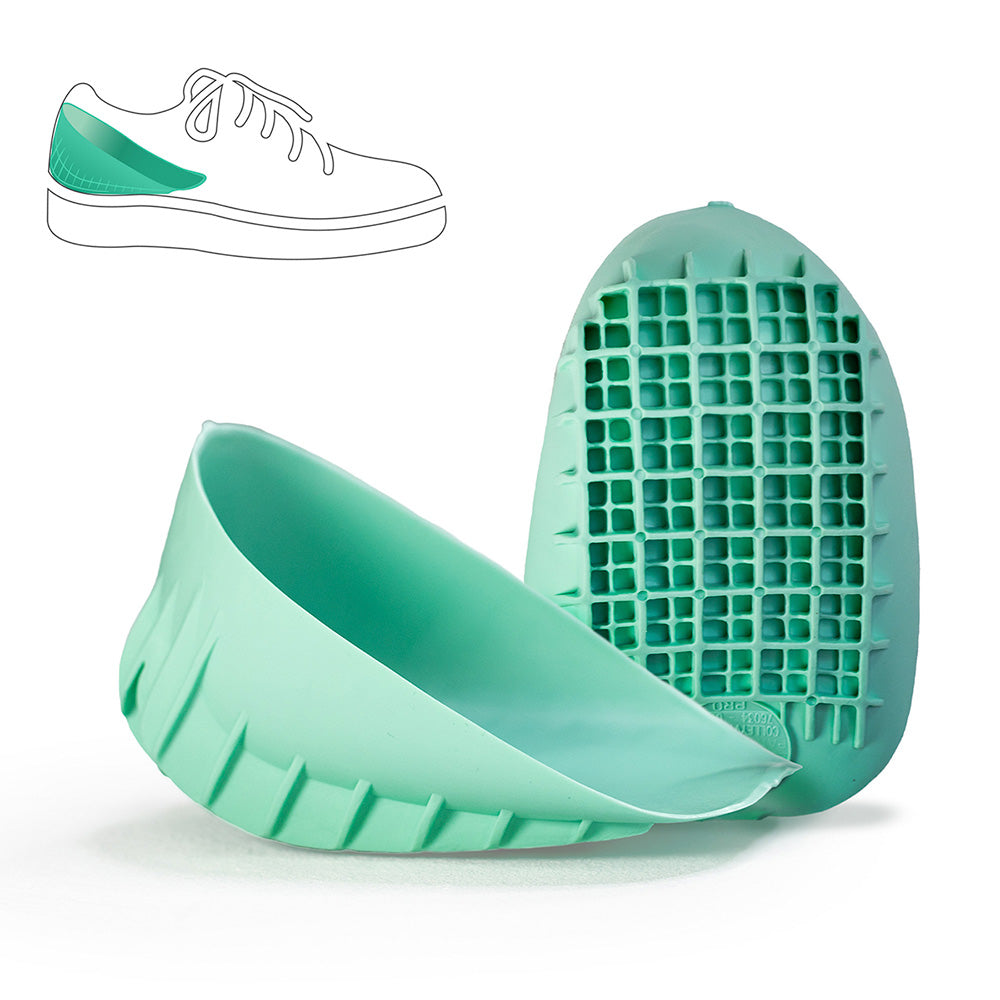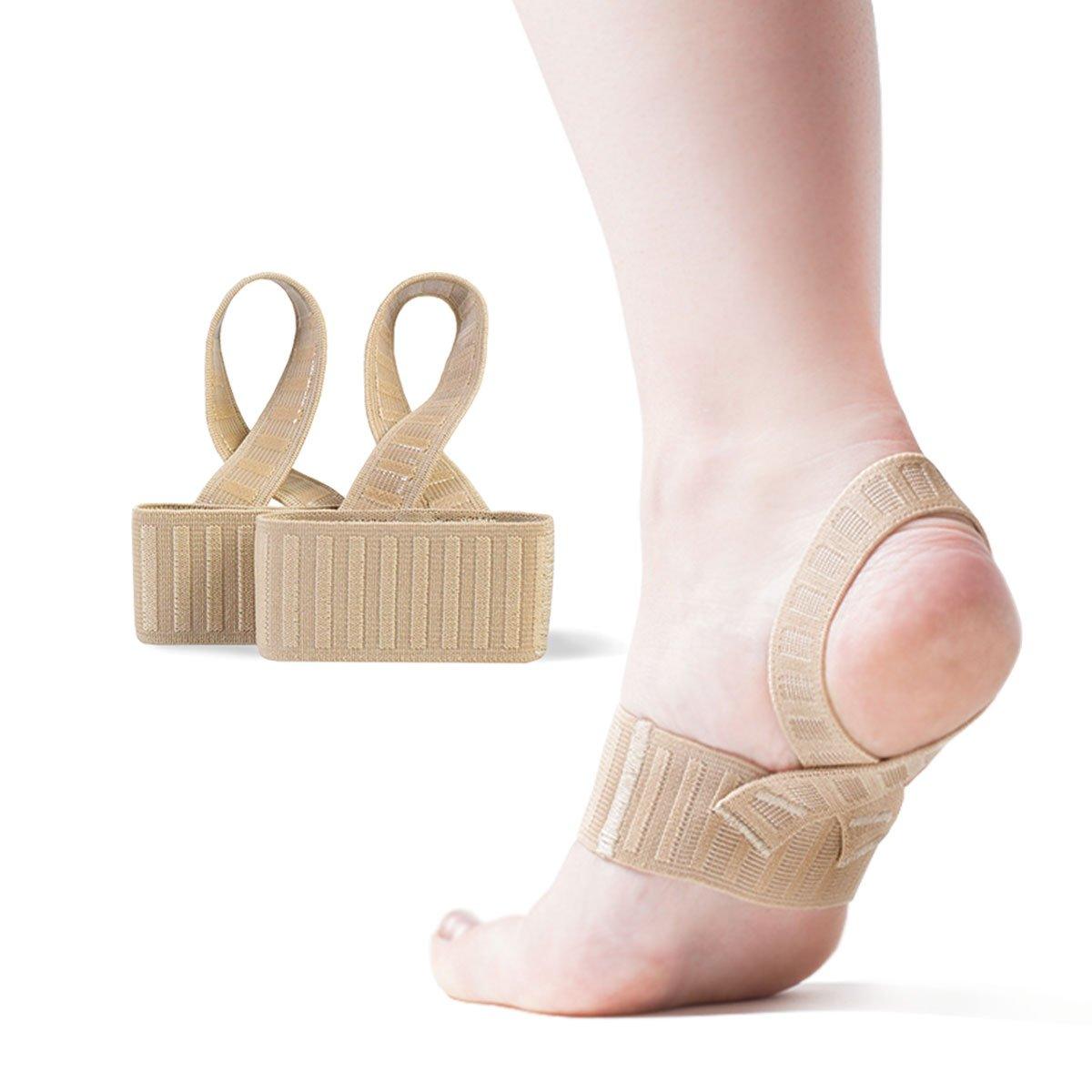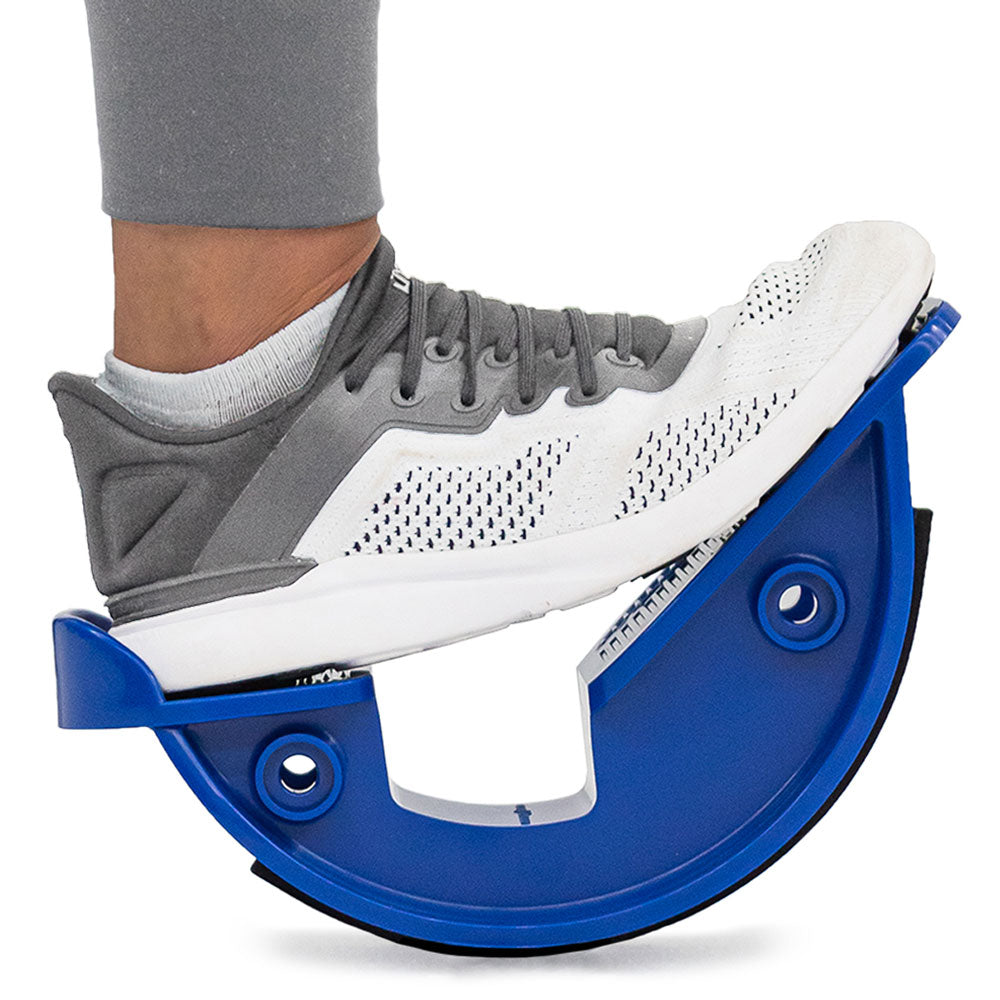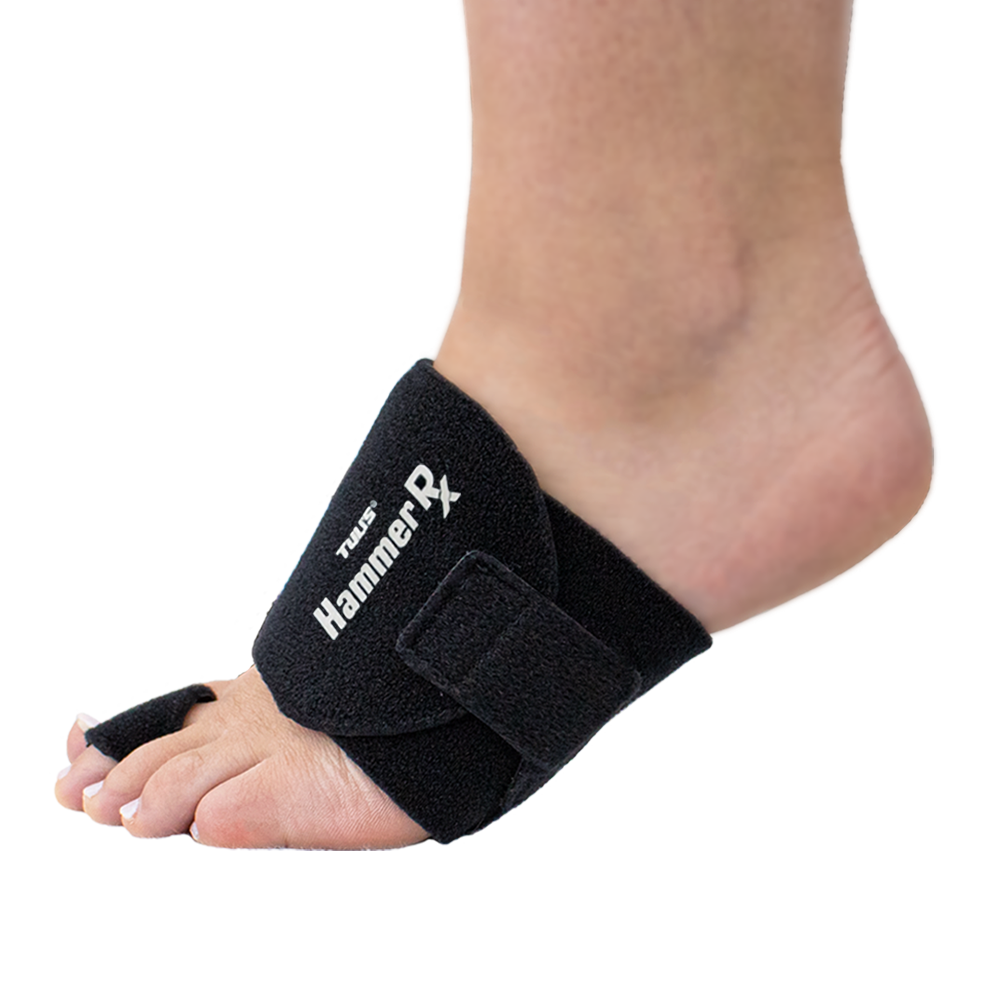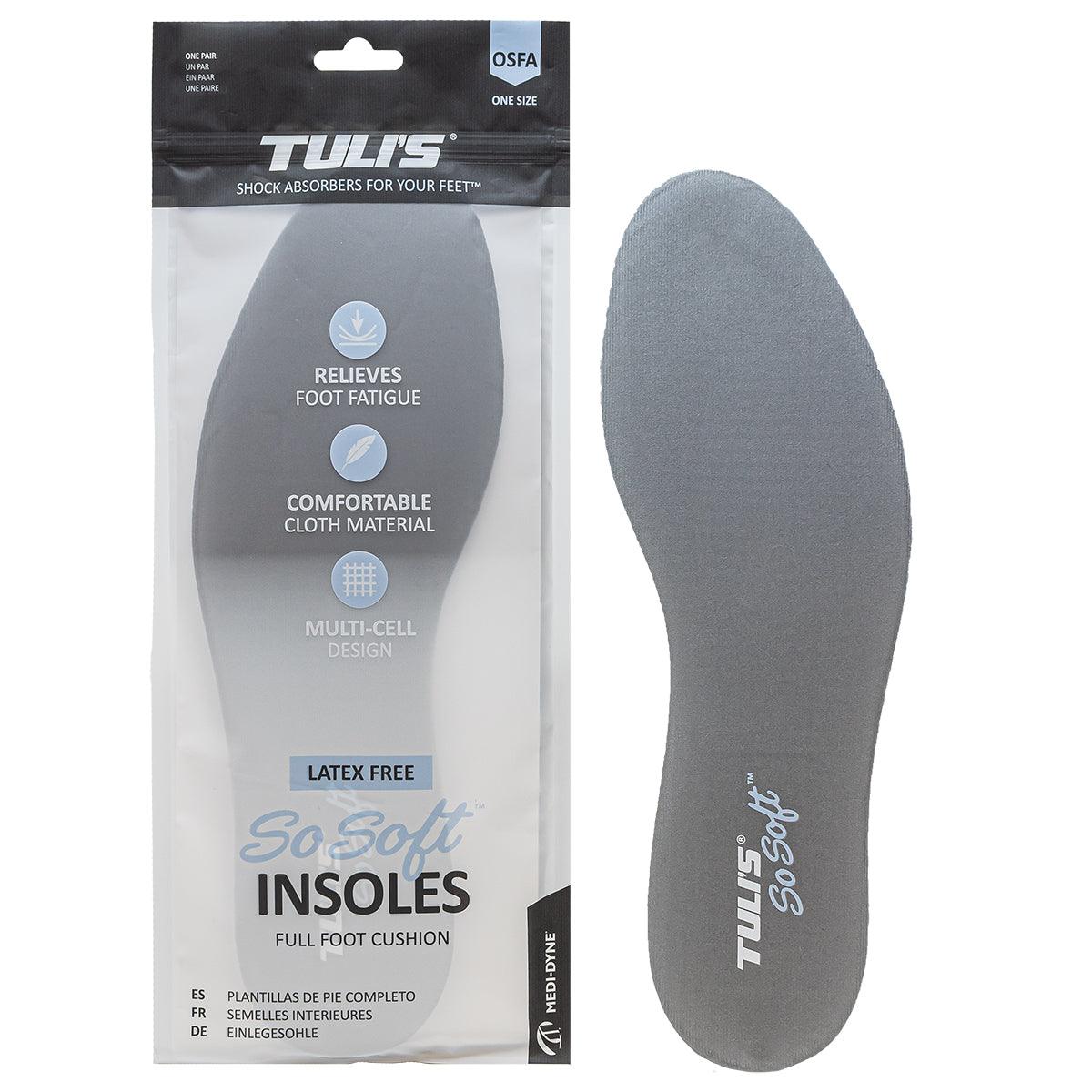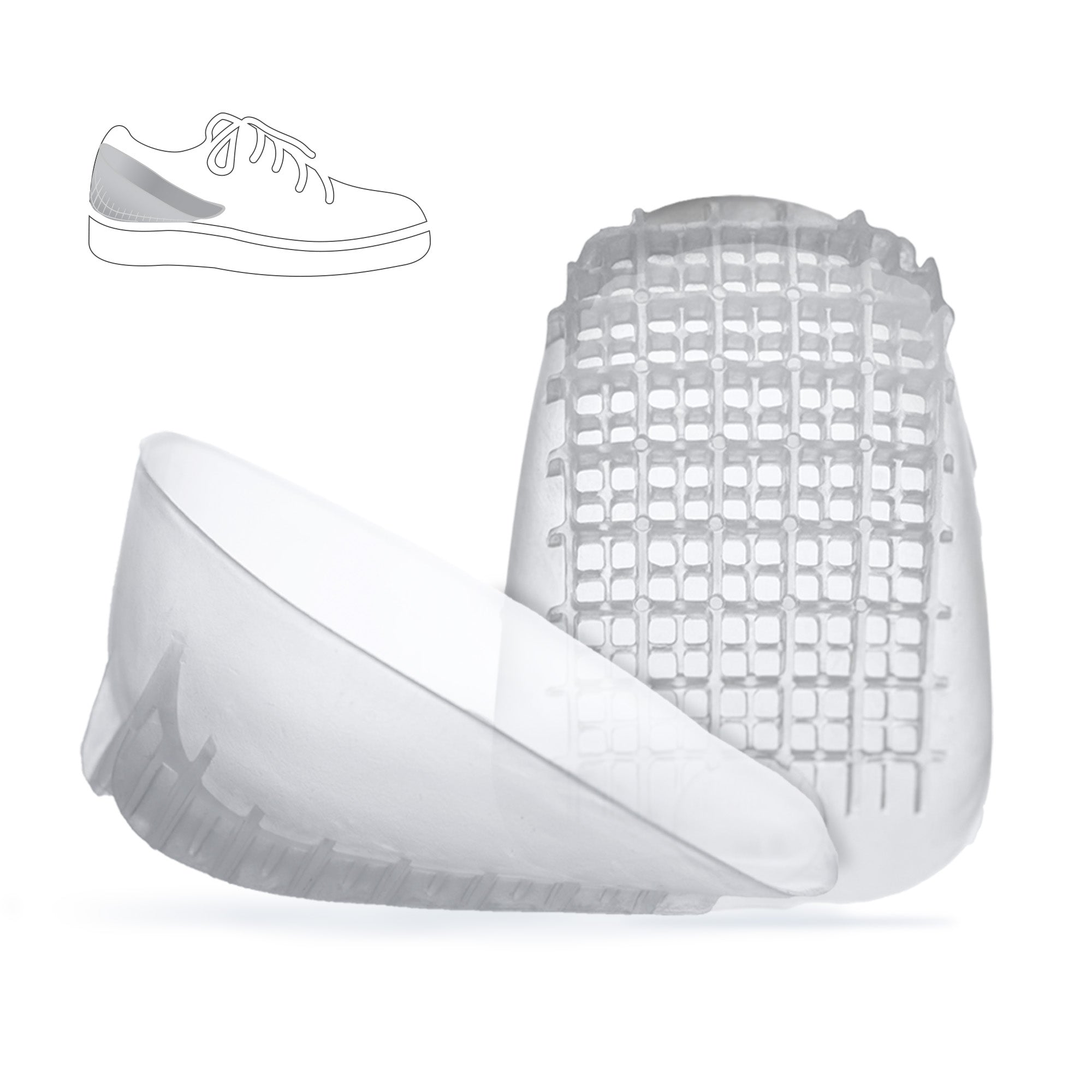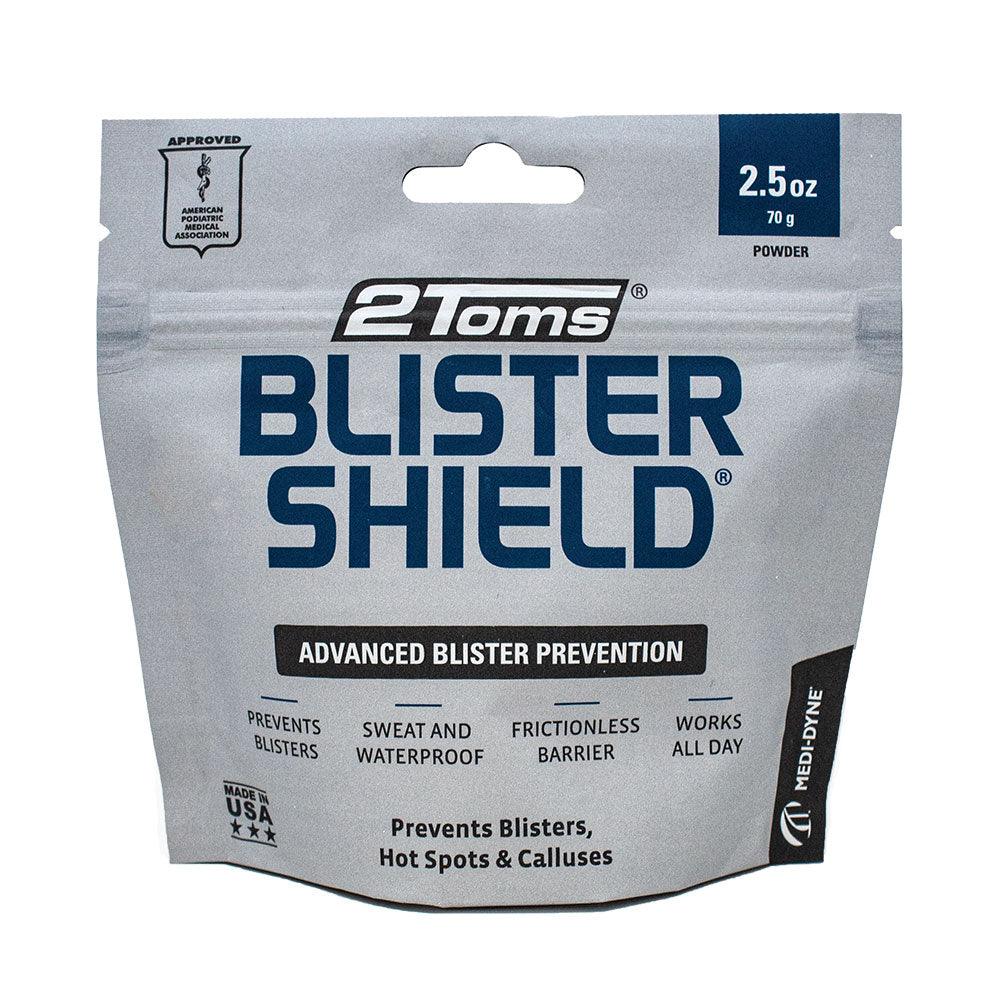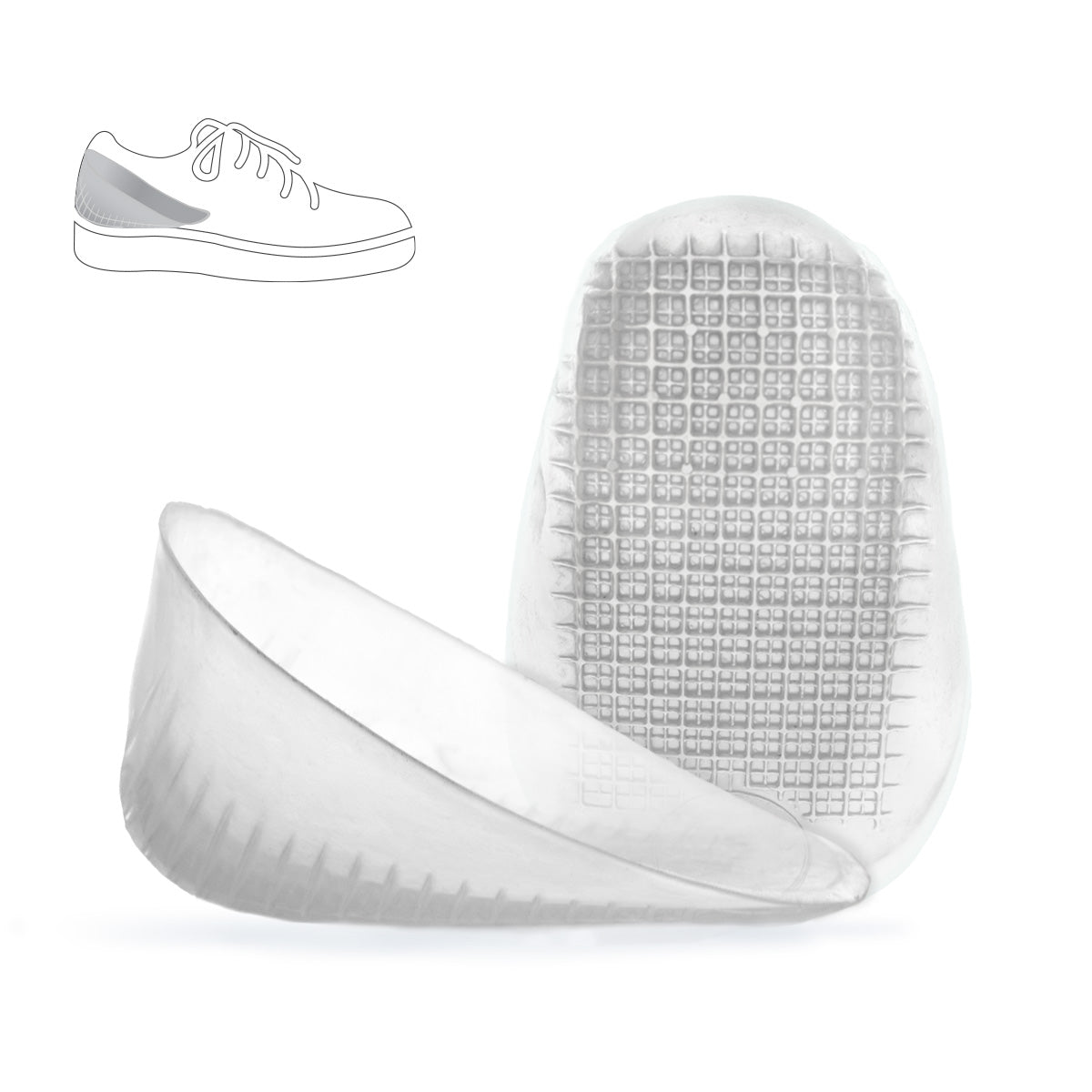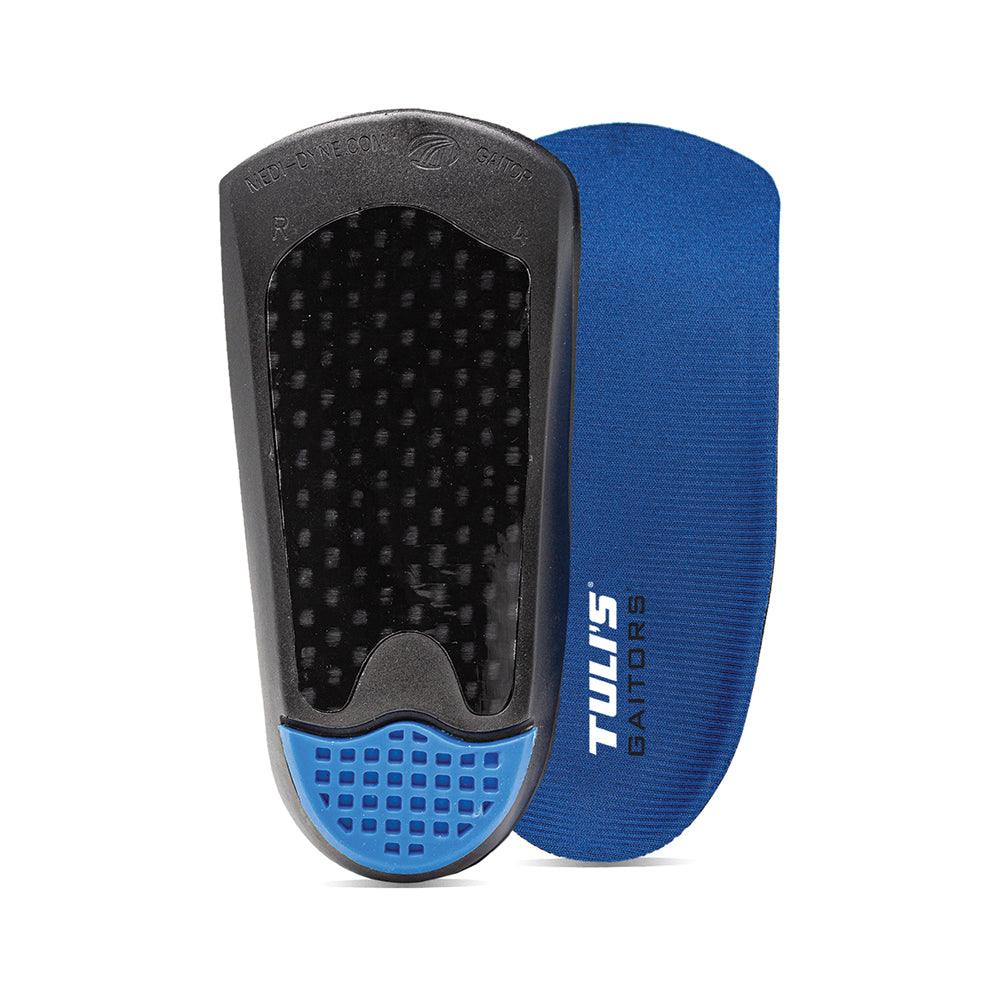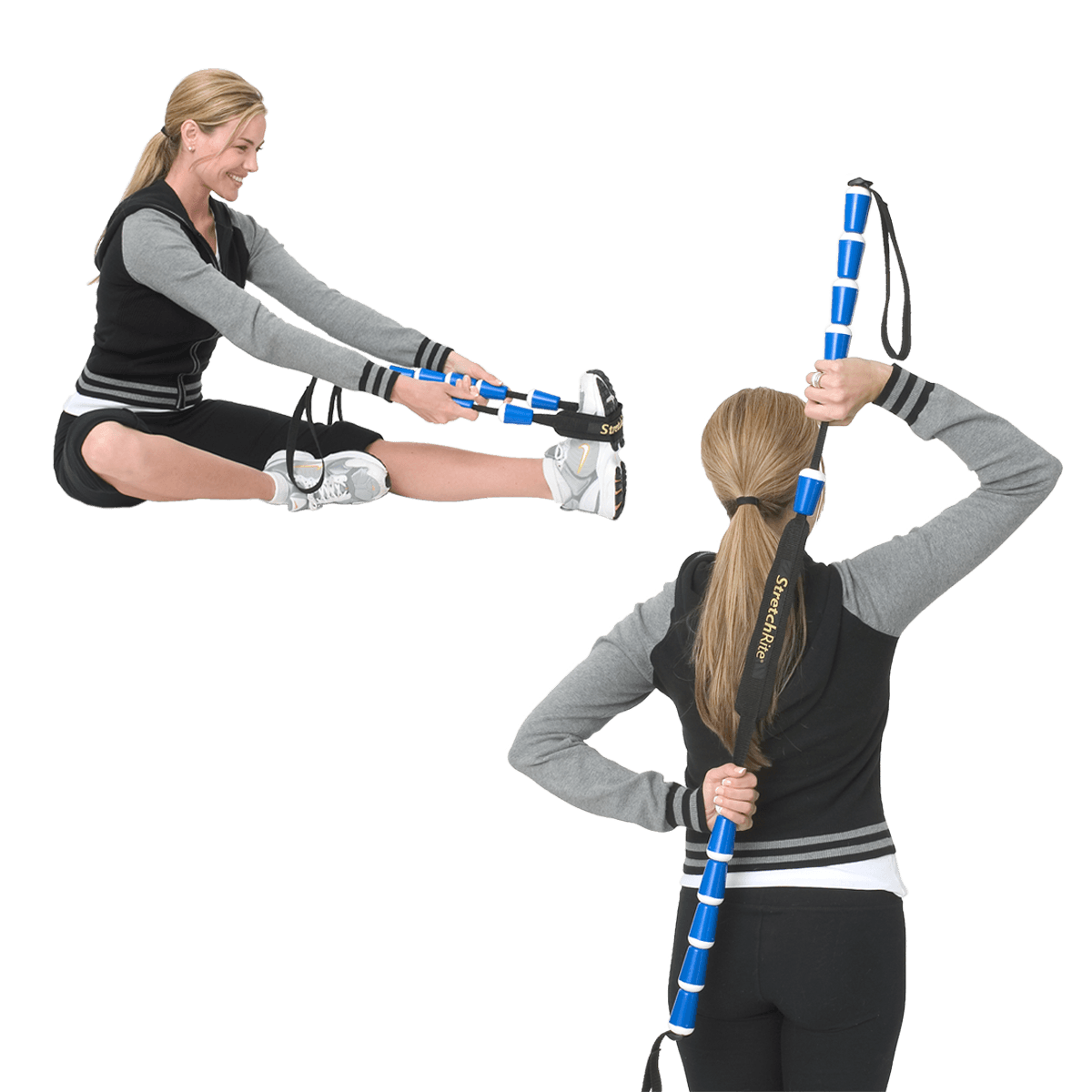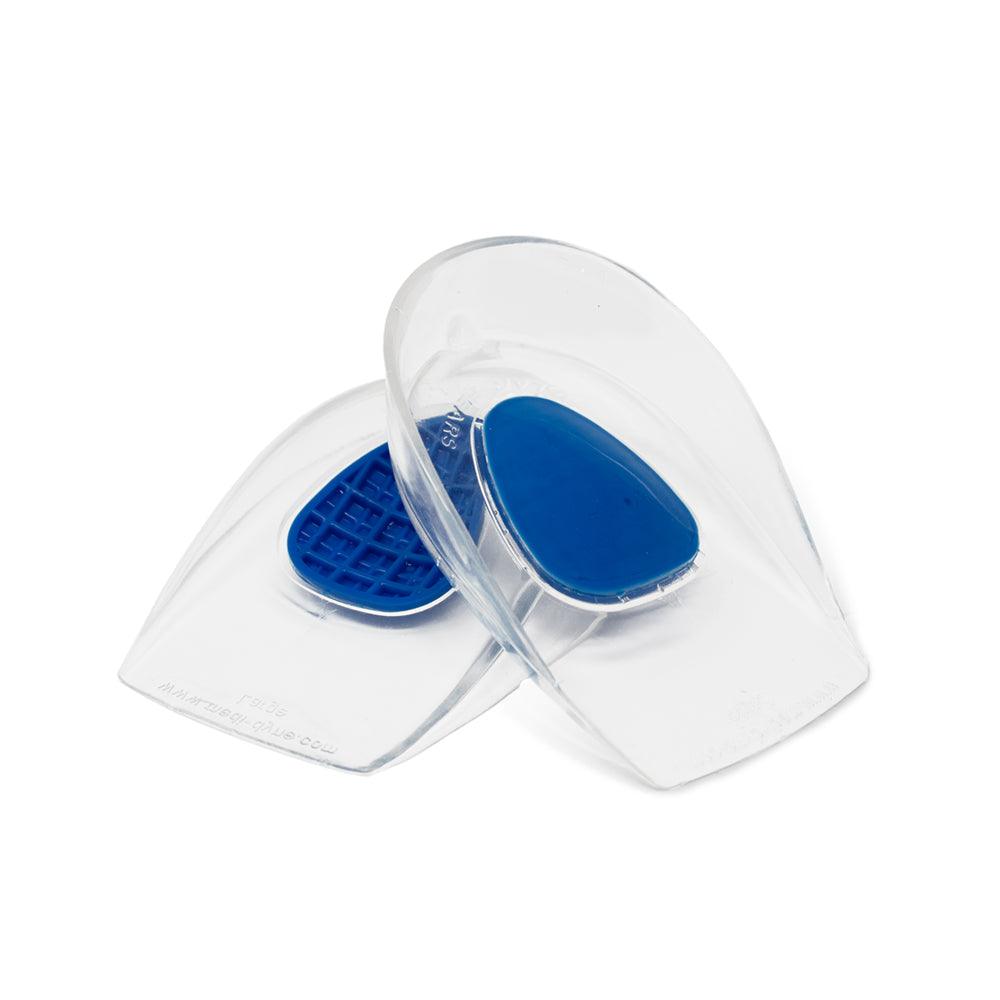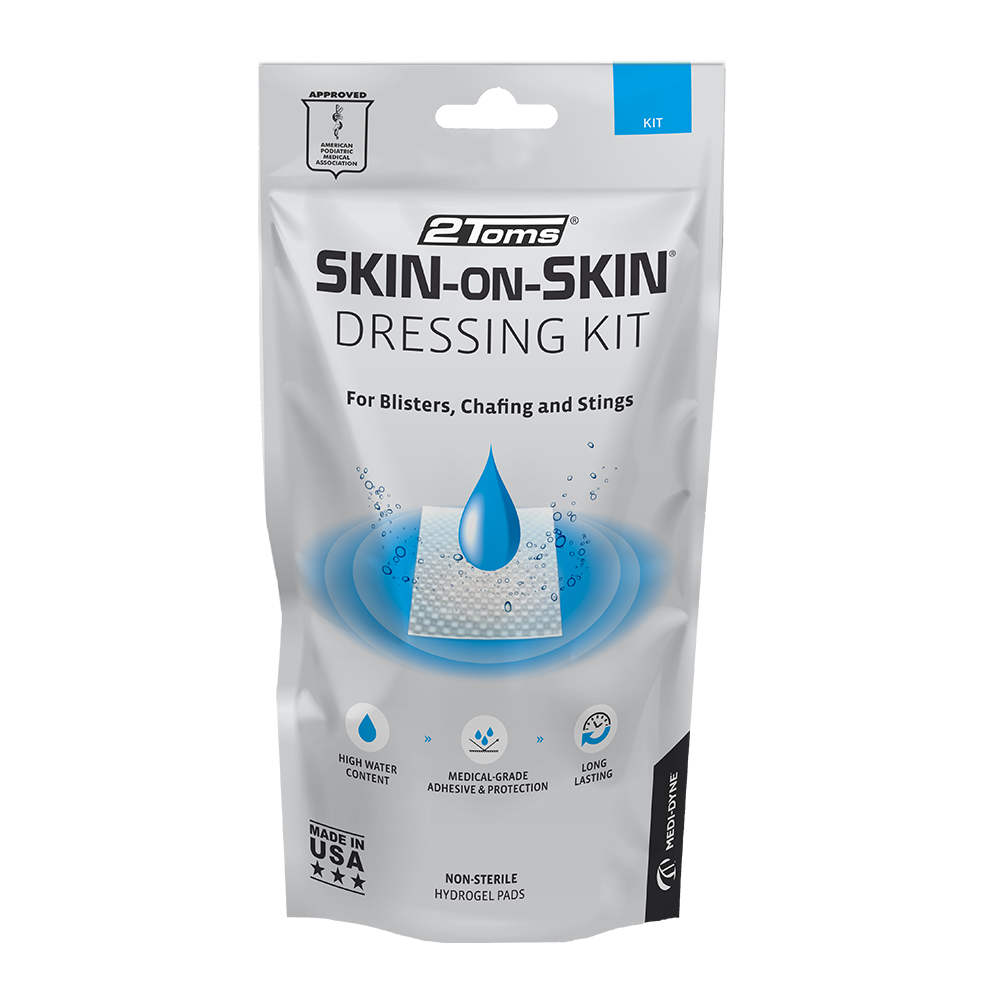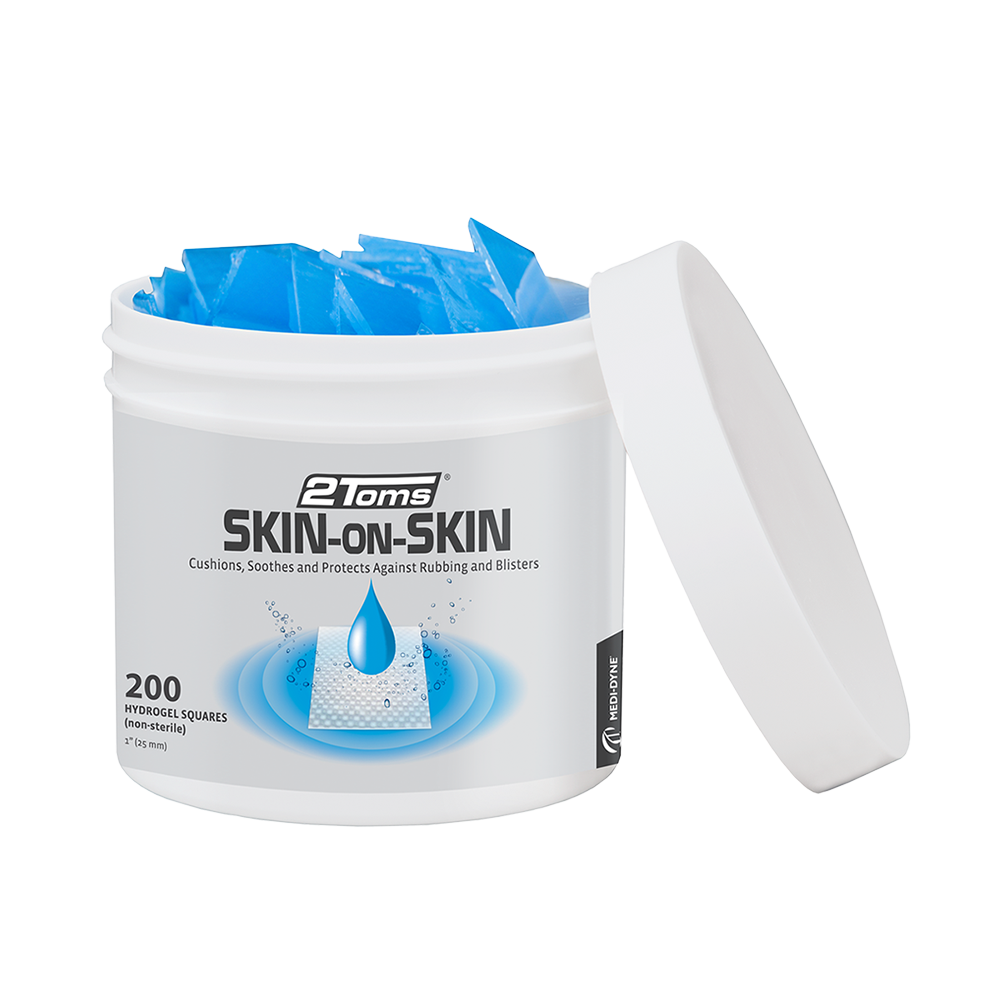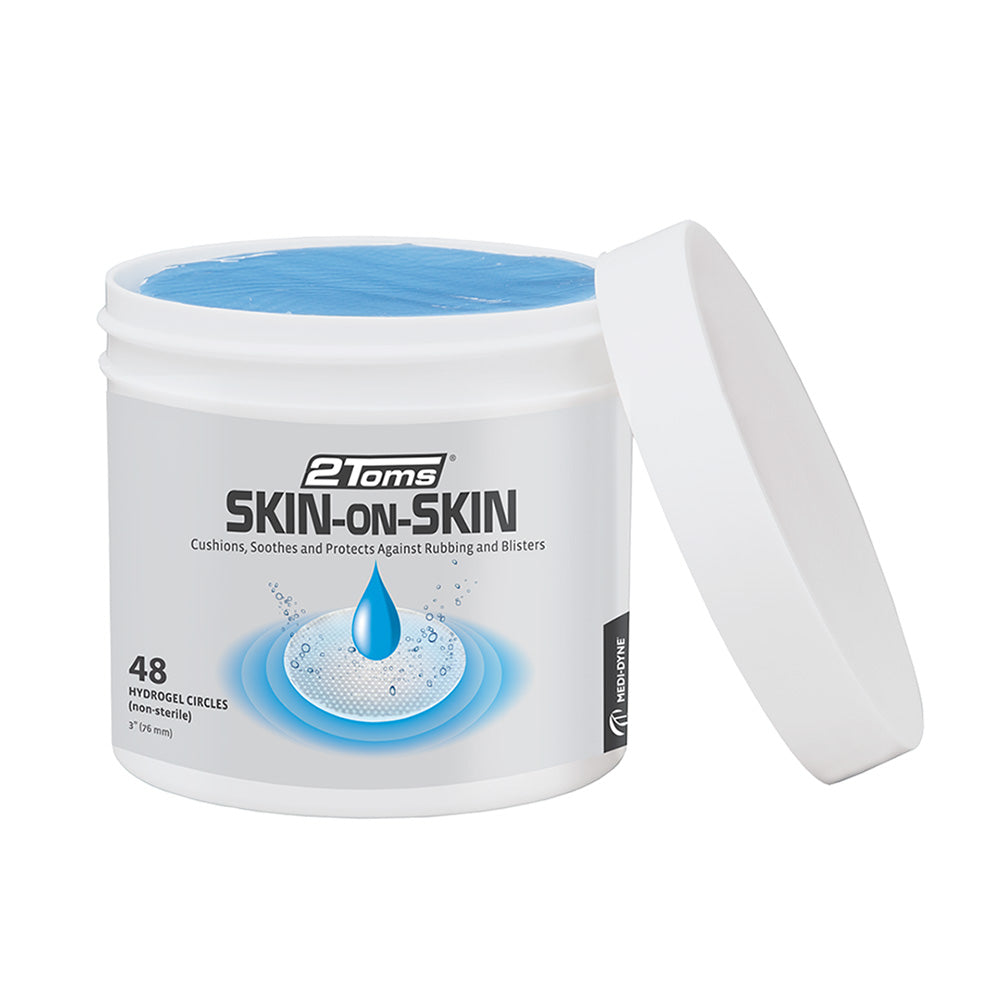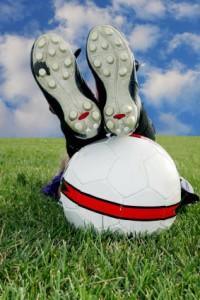Tired Aching Feet? No more!
Traveling, work, and even your daily routine can take their toll on your body, especially your feet. In fact, the average person takes 8,000 to 10,000 steps a day. That’s more than four times the circumference of the globe. All that walking and standing in line can result in tired, aching feet. But it doesn’t have to be that way. Your feet are designed to bear weight, and absorb shock but the one thing your feet are not supposed to do is hurt.
Here are 5 easy steps you can take to prevent and relieve foot pain.
Choose Your Shoes Wisely
Technology has come a long way since the invention of sandals and high heels, but we still insist on wearing them regardless of their effect on our feet. As we age, the natural padding on our feet starts to wear away. The right shoes can compensate for this. But the lack of arch support, heel and ball of foot cushioning in dress shoes, high heels, and sandals don’t offer this type of support. That’s why women suffer from four times as many foot problems as men; lifelong patterns of wearing high heels and standing on their feet all day are often the culprit. So if you want to stop the pain, buy shoes with a low to moderate heel, good arch support and shock absorbency.
Shopping for shoes is best done in the afternoon as our feet swell a little during the day, and it’s best to buy shoes to fit them then. Have your feet measured every time you purchase shoes, and do it while you’re standing. When you try on shoes, try them on both feet; many people have one foot larger than the other, and it’s best to fit the larger one.
Cushion for Comfort
While your choice of shoes is important, sometimes adding some extra cushion, heel and arch support can make all the difference. Depending on the type of shoe you are wearing and where the pain is, you can choose from a variety of heel cups, ball of foot cushions, arch supports and insoles that will ease the pain from standing on your feet all day. Tuli’s® makes a number of products designed to fit into everything from a sandal, to a high heel pump to a running shoe so that you can customize the cushion you need for each pair of shoes you own.

Take the Pressure Off
An average day of walking brings a force equal to over 3000 kg to your feet, so taking the pressure off only makes sense. One very simple thing to do to take care of your feet is to take a warm footbath for 10-15 minutes two or three times a week. This will go a long way in keeping the feet relaxed and helping to prevent mild foot pain caused by fatigue. Adding 115 grams of Epsom Salts will also help to increase circulation. Taking the time to take regular footbaths instead of waiting until your feet are aching will give you the most benefit.

Massage Away the Stress
Massaging your feet will help increase blood circulation and decrease stress. Not to mention that it just feels really good. There are many different massage tools out on the market specifically designed for feet. Can’t wait to ease the pain? You can simply place a tennis ball on the floor and roll your foot back and forth on it. Remember a massage should not hurt your foot, therefore, be gentle, but apply enough pressure to help decrease any foot pain you may be experiencing.
Our final tip is something that’s extremely important but most people simply never think of it…

Stretch Yourself
Your body is made up of an interconnective chain of muscles, tendons and ligaments that all impact each other. This is especially evident when it comes to performance and pain. When everything is in balance movement is painless, almost effortless. But when a link of that chain is weakened or injured, the “domino effect” of that weak link may be greater than you realize.
Have you ever sprained an ankle only to find a week later that you’re suffering from lower back pain? Then you’ve experienced first-hand how weak links put undue stress on stronger ones. Weak muscles cause tighter (stronger) muscles to be recruited by the central nervous system in order to perform the same movement. So your foot pain of today, could end up being a real pain in your back next week.
You can ensure that your feet can go the distance by regularly stretching your hamstrings, calves, plantar fascia and toes. Keeping your calves, hamstrings, and foot muscles flexible and strong will go a long way in helping to avoid aching feet.
Following these simple guidelines should keep everyone from the busiest of world travelers to weekend warriors and all family members from missing a step. Take care of your feet and they will take you wherever you need to go in life.
For more information on pain prevention solutions for aching feet visit medi-dyne.com
The post Tired Aching Feet? No more! appeared first on Medi-Dyne.





